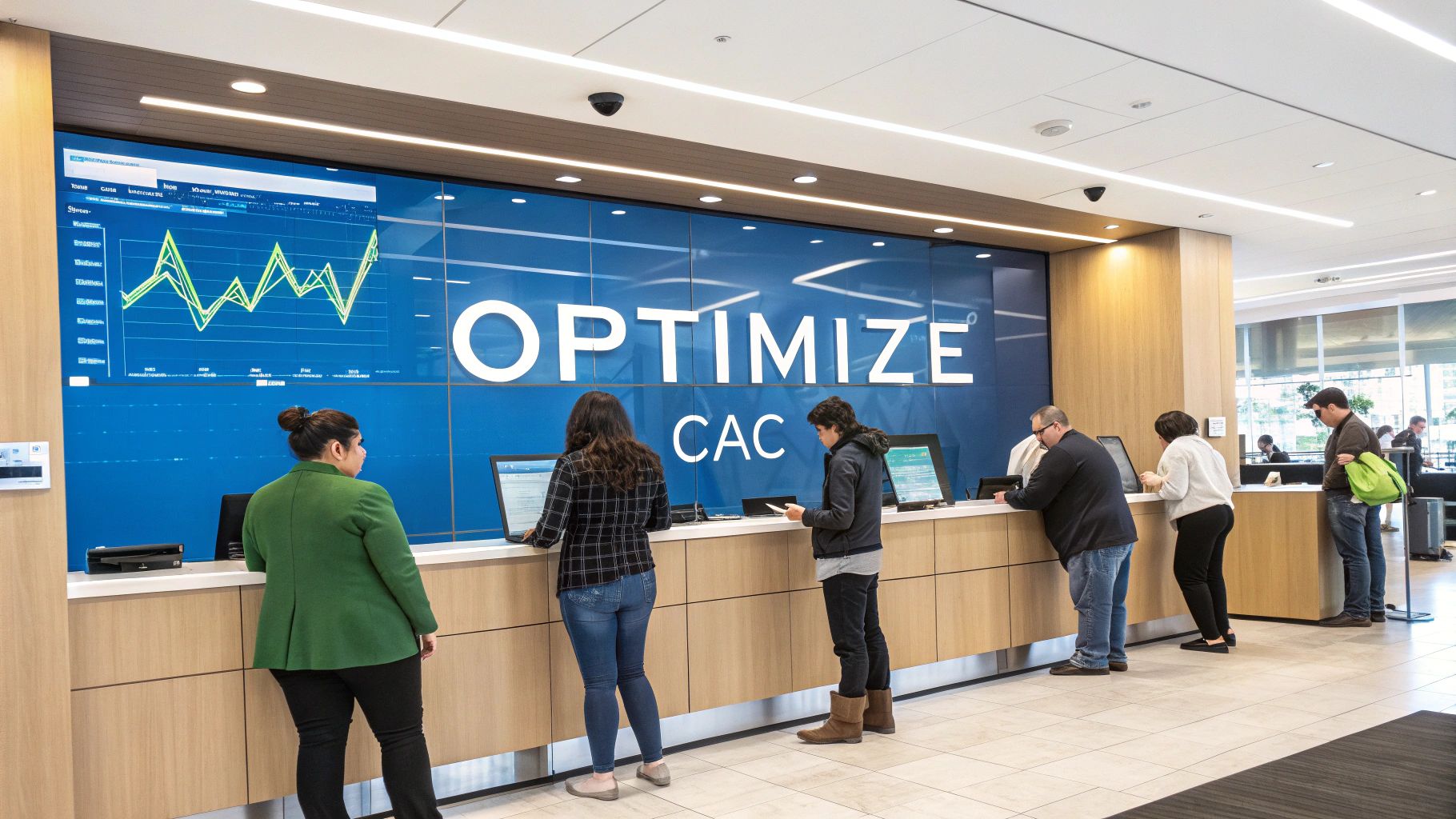Get a Competitive Advantage with BIAS, the Proactive Banking Solution
Visbanking BIAS Vision
Estimated reading time: 5 minutes
Table of contents
In the ever-evolving world of banking, staying competitive is not just a goal; it's a necessity. Customers expect more from their financial institutions, and technology is advancing at a breakneck pace. To thrive in this dynamic environment, banks need to adopt innovative solutions that set them apart. One such solution is BIAS, the Proactive Banking Solution. In this blog post, we'll delve into how BIAS can provide your bank with a significant competitive advantage in the industry.
Understanding BIAS - What Is It?
Before we dive into the advantages of BIAS, let's first understand what it is. BIAS stands for Banking Intelligence and Analytics System. It is a cutting-edge platform designed to empower banks with data-driven insights, predictive analytics, and proactive capabilities. BIAS leverages artificial intelligence and machine learning to transform traditional banking operations into agile, customer-centric processes.
The Competitive Landscape in Banking
To comprehend the importance of BIAS, it's crucial to grasp the competitive landscape in banking. The financial sector is no longer limited to traditional banks; it now includes fintech startups, digital-only banks, and even tech giants entering the fray. These new players are disrupting the industry by offering innovative products and services that appeal to tech-savvy customers.
Traditional banks, with their legacy systems and processes, often find it challenging to keep up with these disruptors. Customer expectations have evolved, with demands for personalized services, seamless digital experiences, and real-time insights. Staying competitive means meeting these demands head-on.
How BIAS Gives You the Edge
- Data-Driven Decision Making: BIAS harnesses the power of data. It collects, processes, and analyzes vast amounts of information from various sources, including customer transactions, market trends, and economic indicators. This data-driven approach enables banks to make informed decisions, from product development to risk management.
- Predictive Analytics: One of BIAS's standout features is its predictive analytics capabilities. By leveraging advanced algorithms, it can forecast customer behavior, identify potential issues, and anticipate market trends. This predictive edge allows banks to proactively address customer needs and market challenges.
- Personalization: In today's banking landscape, personalization is key. BIAS helps banks create personalized experiences for customers. By understanding individual preferences and behavior, banks can tailor their offerings, whether it's customized product recommendations or targeted marketing campaigns.
- Real-time Insights: BIAS provides real-time insights into every aspect of banking operations. Whether it's monitoring transaction fraud, tracking loan applications, or analyzing investment portfolios, banks can access critical information instantly. This real-time visibility enhances operational efficiency and minimizes risks.
- Risk Management: Managing risks is a core function of any bank. BIAS enhances risk management by identifying potential issues early on. It can detect anomalies in financial data, assess credit risks, and even predict potential loan defaults, allowing banks to take proactive measures to mitigate losses.
- Compliance and Security: Compliance with regulatory requirements and ensuring data security are paramount in banking. BIAS helps banks stay compliant by continuously monitoring and analyzing data for potential violations. It also employs robust security measures to protect sensitive customer information.
Case Studies: Real-World Success with BIAS
To illustrate the impact of BIAS on banking institutions, let's look at a few real-world case studies:
Case Study 1: ABC Bank
ABC Bank, a traditional bank facing stiff competition from digital-only banks, implemented BIAS. With the help of predictive analytics, ABC Bank identified a segment of its customer base interested in digital services. They launched a mobile app tailored to this segment, resulting in a 20% increase in digital account sign-ups within six months.
Case Study 2: XYZ Credit Union
XYZ Credit Union was struggling with loan defaults, leading to financial losses. BIAS's risk management capabilities helped them identify high-risk loan applications more effectively. By denying riskier loans and approving those with better prospects, they reduced loan defaults by 15% in a year.
Case Study 3: DEF Investment Bank
DEF Investment Bank wanted to streamline its compliance processes to meet regulatory requirements. BIAS automated compliance checks, reducing the time required to process transactions by 40%. This not only improved efficiency but also enhanced customer satisfaction by reducing delays.
Implementing BIAS in Your Bank
Now that you've seen the potential benefits of BIAS, you might be wondering how to implement it in your bank. The process typically involves:
- Assessment: Start by assessing your bank's specific needs and objectives. What are the pain points you want to address? What are your growth ambitions? Understanding your goals is crucial for a successful implementation.
- Integration: BIAS can integrate with your existing systems, minimizing disruption. Ensure that your IT team works closely with BIAS experts to seamlessly integrate the solution into your infrastructure.
- Training: Provide training to your staff to familiarize them with BIAS's features and capabilities. This ensures that your team can make the most of the platform from day one.
- Customization: Customize BIAS to align with your bank's unique requirements. Whether it's configuring predictive models or setting up personalized customer interactions, tailor the platform to suit your needs.
- Continuous Improvement: BIAS is not a one-time solution; it's an ongoing journey. Continuously monitor its performance, gather feedback, and fine-tune its algorithms to ensure it continues to meet your evolving needs.
Conclusion
In a fiercely competitive banking industry, staying ahead requires more than just keeping pace with technology—it requires taking the lead. These, the Proactive Banking Solution, equips banks with the tools they need to not only compete but thrive.
By embracing data-driven decision making, predictive analytics, and real-time insights, banks can offer personalized, efficient, and secure services that meet the expectations of today's customers. Case studies have shown that BIAS can drive significant improvements in customer acquisition, risk management, and compliance.
If your bank is ready to gain a competitive advantage and future-proof its operations, consider implementing BIAS. It's not just a solution; it's a strategic move towards ensuring your bank's success in a rapidly changing financial landscape. Don't just keep up—lead the way with BIAS, the Proactive Banking Solution.
Similar Articles

Brian's Banking Blog
Mastering Operations in the Banking Industry for Strategic Advantage

Brian's Banking Blog
How to Improve Customer Satisfaction: A Data-Driven Mandate for Bank Executives

Brian's Banking Blog
How to Conduct Market Research for Your Bank

Brian's Banking Blog
Mastering Return on Equity: A Strategic Guide for Bank Executives

Brian's Banking Blog
Decoding the Bank Rating System: A Guide for Executive Leadership

Brian's Banking Blog
Optimizing Net Interest Income for Bank Profitability

Brian's Banking Blog
A Guide to the Bank Leverage Ratio for Executives and Directors

Brian's Banking Blog
Top Stakeholder Engagement Strategies for Banking Executives

Brian's Banking Blog
Mastering Bank Customer Acquisition Cost: A Strategic Guide for Executives

Brian's Banking Blog